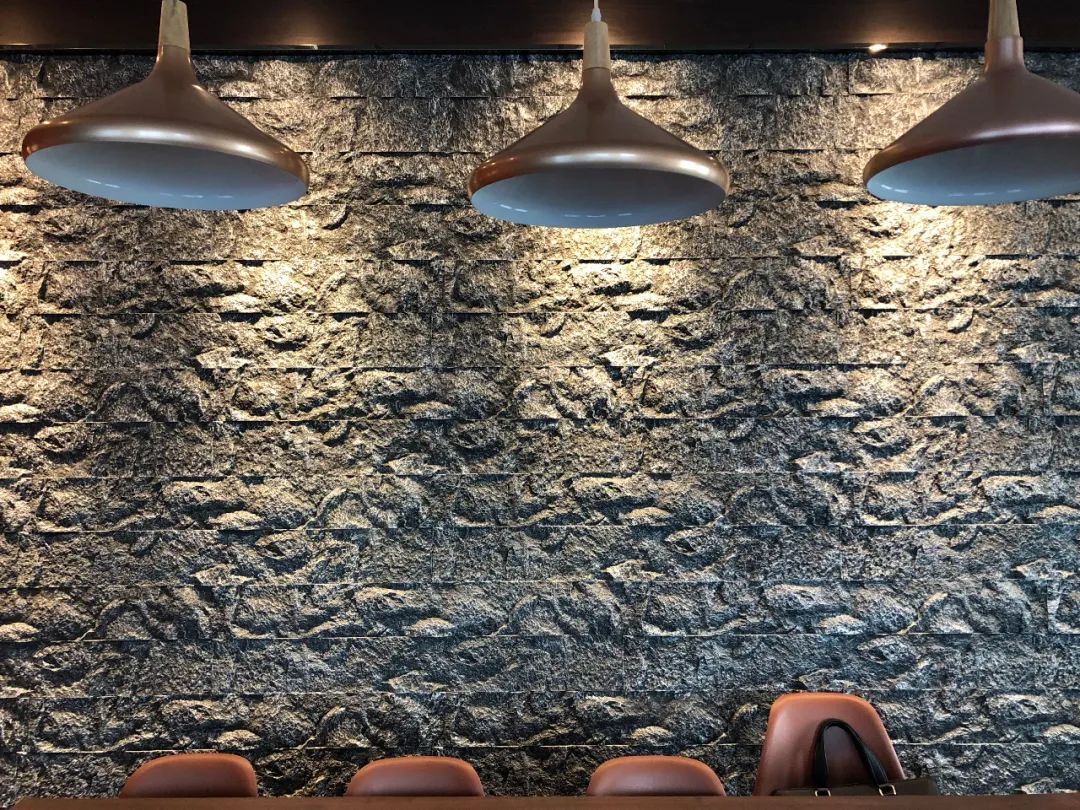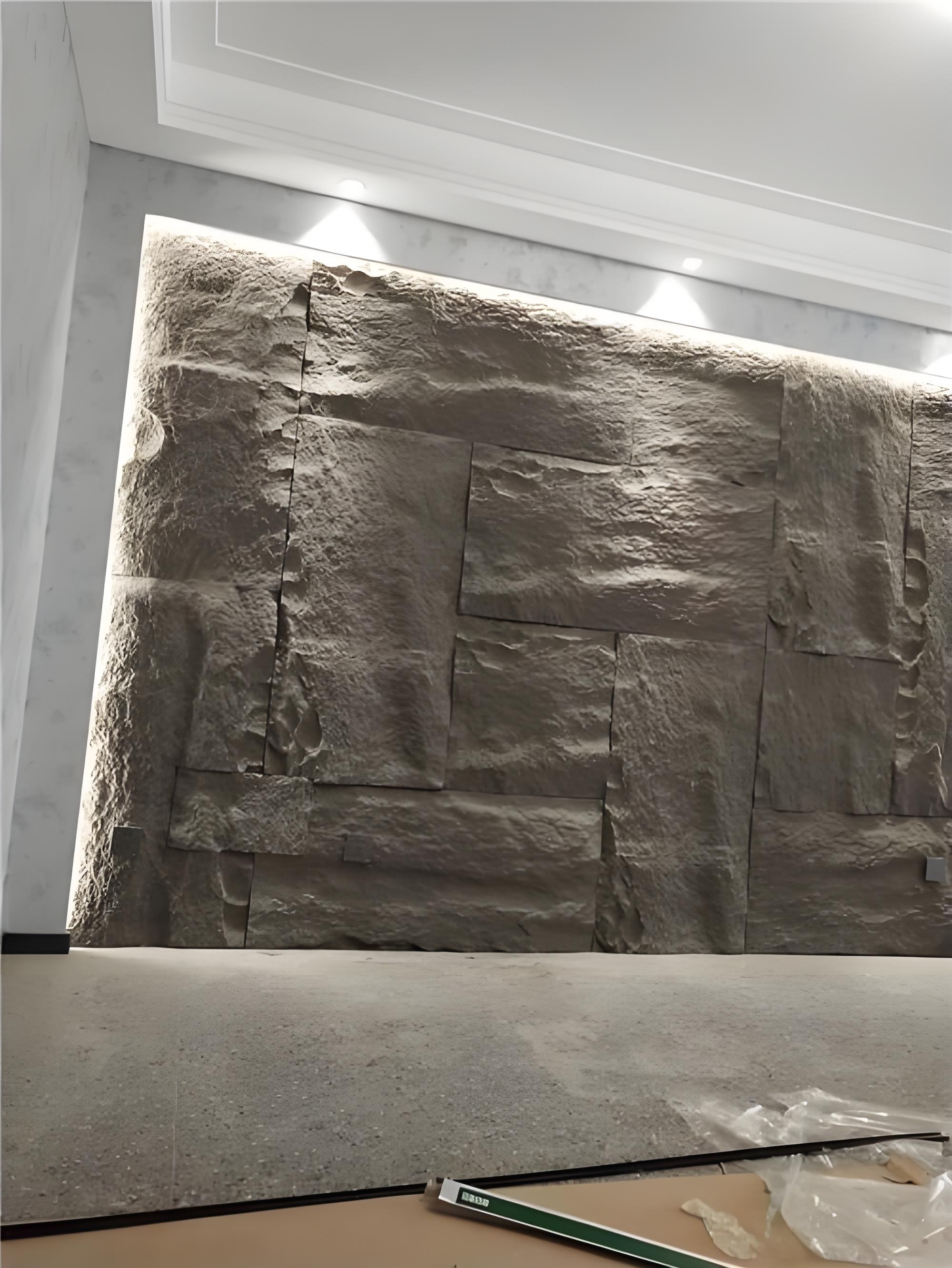Having spent over a decade in the world of interior design and construction, I’ve worked with countless materials, from natural stone to cutting-edge synthetics. One material that keeps popping up in conversations with clients and colleagues is PU stone (polyurethane stone). It’s marketed as a lightweight, affordable alternative to natural stone, but is it really worth the hype? If you’re considering PU stone for your home or project, you’re probably wondering whether it lives up to its promises in terms of durability, aesthetics, and value. In this article, I’ll share my firsthand experience with PU stone, weigh its pros and cons, and help you decide if it’s the right choice for your needs. Spoiler alert: it’s not perfect, but it’s got some serious strengths that make it a standout in the right contexts.

What is PU Stone, Anyway?
Let’s start with the basics. PU stone is a synthetic material made from polyurethane, a versatile polymer that’s molded to mimic the look and feel of natural stone like marble, granite, slate, or even rustic brick. Unlike real stone, which can be heavy, expensive, and tricky to install, PU stone is designed to be lightweight, cost-effective, and easy to work with. It comes in forms like panels, tiles, or decorative pieces, making it a favorite for both DIY enthusiasts and professional designers.
I first encountered PU stone when a client wanted a stone accent wall but couldn’t justify the cost of natural materials. After some research and hands-on testing, I was impressed by how convincingly it replicated the real thing—visually, at least. But looks are only part of the equation. To answer whether PU stone is “good,” we need to dig into its performance across key factors like durability, aesthetics, cost, and practicality.
The Strengths of PU Stone
PU stone has gained popularity for good reason. Here’s why I’ve seen it work wonders in various projects:
1. Affordability
One of the biggest draws of PU stone is its cost-effectiveness. Natural stone can set you back hundreds or even thousands of dollars for a single feature wall, especially when you factor in labor and transportation. PU stone, by contrast, is a fraction of the price. I’ve used it in budget-conscious projects—like a small cafe makeover—where it delivered a high-end look without breaking the bank.
Why it’s great: You get the aesthetic of stone at a much lower cost, making it accessible for homeowners and small businesses.
Real-world example: A friend renovated her living room with a PU stone accent wall for under $500, compared to $2,000+ for real brick.
2. Lightweight and Easy to Install
Unlike natural stone, which often requires structural reinforcements and professional installation, PU stone is lightweight and DIY-friendly. It can be applied to drywall, wood, or even metal surfaces with the right adhesive. I once helped a client install PU stone panels in a weekend, transforming a bland office into a cozy, stone-clad space.
Why it’s great: Its low weight reduces installation costs and makes it suitable for spaces where heavy materials aren’t feasible.
Pro tip: Use a high-quality construction adhesive and ensure the surface is clean and dry for a secure bond.

3. Versatile Aesthetics
PU stone comes in a dizzying array of textures, colors, and styles, from rugged fieldstone to sleek marble. This versatility allows it to fit into virtually any design scheme, whether you’re going for rustic charm or modern elegance. I’ve seen it used to stunning effect in everything from cozy cabins to trendy urban restaurants.
Why it’s great: You can find a PU stone product to match almost any natural stone, giving you endless design possibilities.
Pro tip: Request samples to see how the material looks under your space’s lighting—some finishes shine better with warm or natural light.
4. Low Maintenance
Compared to natural stone, which can stain, crack, or require regular sealing, PU stone is relatively low-maintenance. It’s resistant to water, UV rays, and minor impacts, making it a practical choice for both indoor and outdoor use. I’ve found it particularly useful in high-traffic areas like restaurant interiors, where it holds up well with minimal upkeep.
Why it’s great: A quick wipe with a damp cloth is usually enough to keep it looking fresh.
Pro tip: For outdoor applications, apply a sealant to joints to enhance weather resistance.
5. Eco-Friendly Potential
Some PU stone products are made with recycled materials or produced with energy-efficient processes, appealing to environmentally conscious users. While not all PU stone is eco-friendly, I’ve noticed an increasing number of manufacturers prioritizing sustainability, which is a big plus for green-minded projects.
Why it’s great: It offers a sustainable alternative to quarried stone, which has a higher environmental impact.
Pro tip: Check the product’s specs for eco-certifications if sustainability is a priority.
The Downsides of PU Stone
No material is flawless, and PU stone has its limitations. Here’s where it falls short, based on my experience:
1. Durability Compared to Natural Stone
While PU stone is durable for a synthetic material, it doesn’t match the longevity of natural stone in high-wear environments. Heavy impacts or constant abrasion can cause scratches or dents. I once used PU stone in a busy retail store, and after a year of heavy foot traffic, some panels showed minor wear.
Workaround: Reserve PU stone for low- to moderate-traffic areas, like accent walls or decorative features, rather than floors or heavily used surfaces.

2. Aesthetic Realism Up Close
From a distance, PU stone can fool even the sharpest eye, but up close, some products may reveal their synthetic nature. The texture or sheen might not perfectly replicate natural stone, especially with cheaper variants. I’ve learned to inspect samples carefully to avoid disappointment.
Workaround: Choose high-quality PU stone with detailed textures and test it in your space before committing to a large installation.
3. Limited Heat Resistance
While PU stone is generally heat-resistant, it’s not suitable for extreme temperatures, like direct exposure to open flames. I’ve seen some products warp slightly near fireplaces when not properly rated for heat. Always check the manufacturer’s specs for fire resistance.
Workaround: Use fire-rated PU stone for fireplace surrounds and keep it away from intense heat sources.
4. Environmental Concerns
Although some PU stone is eco-friendly, polyurethane is a petroleum-based product, and its production can have environmental impacts. Additionally, it’s not biodegradable, unlike natural stone. This is something I consider when advising clients who prioritize sustainability.
Workaround: Look for manufacturers that use recycled materials or low-VOC (volatile organic compound) formulations.
Comparison of PU Stone vs. Natural Stone
To help you weigh your options, here’s a table comparing PU stone to natural stone across key factors:
| Feature | PU Stone | Natural Stone | Best Choice For |
|---|---|---|---|
| Cost | Affordable, budget-friendly | Expensive, high material/labor costs | Budget-conscious projects |
| Weight | Lightweight, easy to install | Heavy, requires structural support | Non-load-bearing surfaces |
| Durability | Good for low-traffic areas | Excellent, long-lasting | High-traffic or outdoor use |
| Maintenance | Low, easy to clean | High, requires sealing and care | Low-maintenance spaces |
| Aesthetic Versatility | Wide range of styles and colors | Natural variations, unique patterns | Flexible design needs |
Where PU Stone Shines (and Where It Doesn’t)
From my experience, PU stone is a fantastic choice in certain scenarios but less ideal in others. Here’s a breakdown:
Best Use Cases
Accent Walls: Perfect for living rooms, bedrooms, or commercial spaces where you want a stone look without the cost.
Exterior Facades: Great for budget-friendly outdoor cladding, especially in mild climates.
Commercial Interiors: Ideal for restaurants, cafes, or retail stores needing a quick, stylish upgrade.
Fireplace Surrounds: Works well with fire-rated products, adding warmth and texture.
Garden Features: Excellent for lightweight garden walls or decorative pillars.
Less Ideal Scenarios
High-Traffic Floors: PU stone isn’t durable enough for heavy foot traffic compared to natural stone or porcelain.
Wet Areas: While water-resistant, it’s not the best choice for shower walls or other constantly wet surfaces.
Extreme Heat: Avoid using near intense heat sources unless specifically rated for fire resistance.

My Personal Experience with PU Stone
A few years back, I was tasked with revamping a small restaurant on a tight budget. The owner wanted a rustic stone wall to set the mood but couldn’t afford natural stone. I suggested PU stone panels that mimicked weathered brick, and we installed them in a single day. The result was a cozy, inviting atmosphere that customers loved, and the owner saved thousands compared to real brick. However, I made the mistake of choosing a lower-quality product for another project—a garden wall—that faded slightly after a year of harsh sunlight. Lesson learned: always verify UV resistance for outdoor use.
PU stone has been a go-to for me in projects where budget and ease of installation are priorities. It’s not a one-size-fits-all solution, but when used thoughtfully, it delivers impressive results. If you’re considering it, I recommend getting samples, checking specs, and thinking about the specific demands of your space.
Installation and Maintenance Tips
To get the most out of PU stone, proper installation and care are crucial. Here’s what I’ve learned:
Installation:
Prep the Surface: Clean and dry the surface thoroughly. Remove dust, grease, or loose paint.
Choose the Right Adhesive: Use a polyurethane-based or construction adhesive designed for PU stone.
Cut Carefully: PU stone is easy to cut with a utility knife or saw, but measure twice to avoid mistakes.
Seal Joints: For outdoor or wet areas, use a sealant to prevent water ingress.
Test Fit: Dry-fit panels before gluing to ensure a seamless look.
Maintenance:
Clean with a soft cloth and mild detergent. Avoid abrasive scrubbers.
For outdoor PU stone, rinse with a garden hose or gentle pressure washer annually.
Inspect for wear in high-traffic areas and reapply sealant as needed.

Frequently Asked Questions
To round out this deep dive, here are answers to common questions about PU stone, based on my experience and inquiries I’ve encountered:
1. How does PU stone hold up in outdoor settings?
PU stone is generally weather-resistant, but its durability depends on the product. Look for UV- and water-resistant variants for outdoor use, and seal joints to prevent moisture damage.
2. Can PU stone be painted or customized?
Yes, many PU stone products can be painted with acrylic or latex paints. Test a small area first to ensure adhesion and the desired look.
3. Is PU stone safe for fireplace surrounds?
Yes, but only if the product is rated for heat resistance. Check the manufacturer’s specs and keep it away from direct flames.
4. How do I know if I’m buying high-quality PU stone?
Inspect samples for realistic texture and color. Check for certifications like UV resistance or low-VOC content, and read reviews or consult suppliers for reputable products.
5. Is PU stone worth it for small projects?
Absolutely! Its affordability and ease of installation make it ideal for small projects like accent walls or garden features. Just ensure it suits the environment.
Final Thoughts
So, is PU stone really any good? From my perspective, it’s a fantastic option for projects where budget, ease of use, and aesthetic flexibility are key. Its affordability, lightweight nature, and versatility make it a strong contender for accent walls, exterior facades, and commercial interiors, though it’s not a perfect substitute for natural stone in high-wear or extreme conditions. By choosing high-quality products and using them in the right settings, you can achieve stunning results without the hefty price tag. I hope my insights help you decide if PU stone is right for your next project. If you’re still on the fence or have specific questions, drop a comment—I’m happy to share more from my design toolbox!




